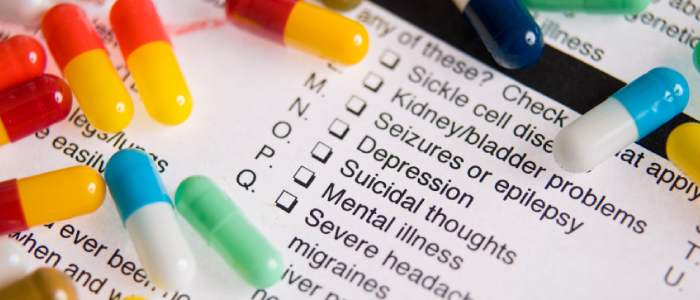 Postpartum depression (PPD), also called postnatal depression, is a form of clinical depression which can affect women after childbirth. Depending on the reports you read, the incidence is from 5% to 25% of the new mothers.
Postpartum depression (PPD), also called postnatal depression, is a form of clinical depression which can affect women after childbirth. Depending on the reports you read, the incidence is from 5% to 25% of the new mothers.
By calling it something – depression – current medical practices conclude that there must be a drug that will treat it. Antidepressants are some of the most common drugs prescribed.
People already take too many drugs, and new mothers who use drugs can pass them to their newborns through their breast milk. I have to wonder how today’s new mothers are more susceptible than their predecessors, to a psychological problem after birth.
I conclude that they are not.
What is commonly called a psychological disorder, is nothing more than a temporary hormone imbalance. Yes, there can be times when a woman can experience true clinical depression – however that’s diagnosed. However, the transitory nature of “the baby blues” suggests a simpler cause.
After conception, the new baby implants in the womb and signals the body to produce progesterone, a hormone necessary for a multitude of processes associated with life and development. It has been said that before birth, each of us literally swam in a sea of progesterone – plus other nutrients. The amniotic sack contains all of those fluids, but is not impermeable to the contents. Nutrients – and progesterone – can pass between mother and developing baby. In essence, then, mom is experiencing the benefits of elevated progesterone and overall hormone balance.
What happens at birth? BANG! The baby is born and all of the progesterone-rich fluid exits quickly, leaving mom somewhat deficient in progesterone. This important hormone is usually replenished in a short time. When it isn’t, mom can experience symptoms associated with low progesterone – mild depression, or “blues” being the most common.
Instead of having an antidepressant deficiency, our new mom needs to receive a boost in her progesterone levels. It is an easy process and can be done without a prescription. Merely apply 20mg of a quality progesterone cream one to two times daily. Do this according to a cycle – and be sure to stop for 3 to 5 days in a month’s time. Women can continue for a few months, but many may find that all is well after just a single month.
Since baby was swimming in progesterone, he or she has no problem with any additional progesterone that may be transferred from mom. As progesterone is vital for growth before birth, it remains important after delivery.
